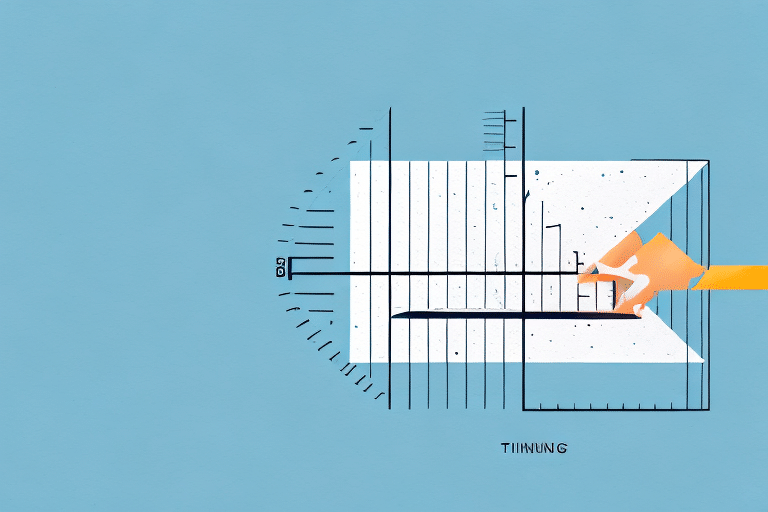How to Read the Dimensions of a Box
Boxes come in a myriad of shapes and sizes, making it essential to understand their dimensions. This knowledge ensures you select the right box for your needs and that your items are transported safely. In this article, we delve into the various aspects of box dimensions, including their importance, accurate measurement techniques, commonly used units, and more.
Importance of Understanding Box Dimensions
Grasping the dimensions of a box is vital for several reasons:
Selecting the Right Box Size
Choosing an appropriately sized box protects your items during shipping. A box that's too small may cause damage, while one that's too large can lead to insufficient support, increasing the risk of damage.
Optimizing Shipping Processes
Using the right box size can reduce packaging material usage, saving costs and minimizing environmental impact. Consistently selecting the same size boxes for similar items can streamline your shipping operations.
Compliance with Shipping Regulations
Different shipping carriers have specific size and weight restrictions. Knowing your box dimensions helps ensure compliance, avoiding extra fees or shipment rejections.
Understanding the Three Dimensions: Length, Width, Height
The size of a box is typically described by three measurements: length, width, and height, often denoted as L x W x H.
Length
The longest side of the box.
Width
The shorter side perpendicular to the length.
Height
The vertical dimension, perpendicular to both length and width.
Different industries may list these dimensions in various orders, such as L x W x D (depth) in shipping or H x W x L in construction.
How to Accurately Measure a Box
Accurate measurement of a box ensures that your items fit securely and that shipping costs are correctly calculated.
Tools Required
- Measuring tape
- Ruler
- Straight edge
- Digital caliper (for thickness)
Measurement Techniques
Measure the length, width, and height from the inside of the box to account for material thickness. Ensure you measure the widest points, including any protrusions or irregularities.
Additional Considerations
For boxes with irregular shapes, use a flexible measuring tape to capture accurate dimensions. Always double-check your measurements for consistency.
Common Units for Measuring Box Dimensions
Box dimensions are measured using different units depending on the region and industry.
Inches
Commonly used in the United States, inches are the standard unit for most American consumers.
Centimeters and Millimeters
In Europe and many other parts of the world, centimeters and millimeters are the preferred units of measurement.
Consistency is Key
Always use the same unit of measurement for all dimensions to maintain accuracy and avoid confusion.
Calculating the Volume of a Box
Understanding the volume of a box helps in estimating the space needed for your items.
Volume Calculation
Multiply the length, width, and height of the box: Volume = Length × Width × Height. The result is in cubic units, such as cubic inches or cubic centimeters.
Applications of Volume
- Determining packaging material requirements
- Calculating shipping costs based on volume weight
- Organizing storage space efficiently
Choosing the Right Box Size
Selecting the appropriate box size involves several factors to ensure your items are protected and shipping is cost-effective.
Item Size and Weight
Consider the dimensions and weight of the items. Heavier items may require sturdier, larger boxes to accommodate cushioning materials.
Fragility of Items
Fragile items need additional padding, necessitating a box that allows space for protective materials.
Shipping Destination
International shipments may have specific size regulations. Research destination country requirements to ensure compliance.
Avoiding Common Measurement Mistakes
Accurate measurements are crucial. Here are common pitfalls to avoid:
Inside vs. Outside Dimensions
Always measure the inside dimensions to account for material thickness and ensure proper fit.
Consistent Units
Avoid mixing units (e.g., inches and centimeters) to prevent confusion and errors.
Double-Checking Measurements
Measure each dimension at least twice to ensure accuracy and consistency.
Examples of Different Types of Boxes and Their Dimensional Variations
Understanding different box types helps in selecting the right one for your needs.
Rectangular Boxes
The most common type, with varying lengths, widths, and heights.
Cubic Boxes
All sides are equal, providing uniform space in all dimensions.
Cylindrical Boxes
Used for specific items, though they may offer less usable space compared to rectangular boxes with the same internal dimensions.
Conclusion: The Importance of Knowing How to Read the Dimensions of a Box
Mastering the understanding of box dimensions is essential for efficient packing and shipping. Accurate measurements, choosing the right box size, and being mindful of shipping regulations can prevent costly mistakes and ensure your packages arrive safely and in good condition.






















